Plants For French Cuisine – Growing French Vegetables In Your Garden
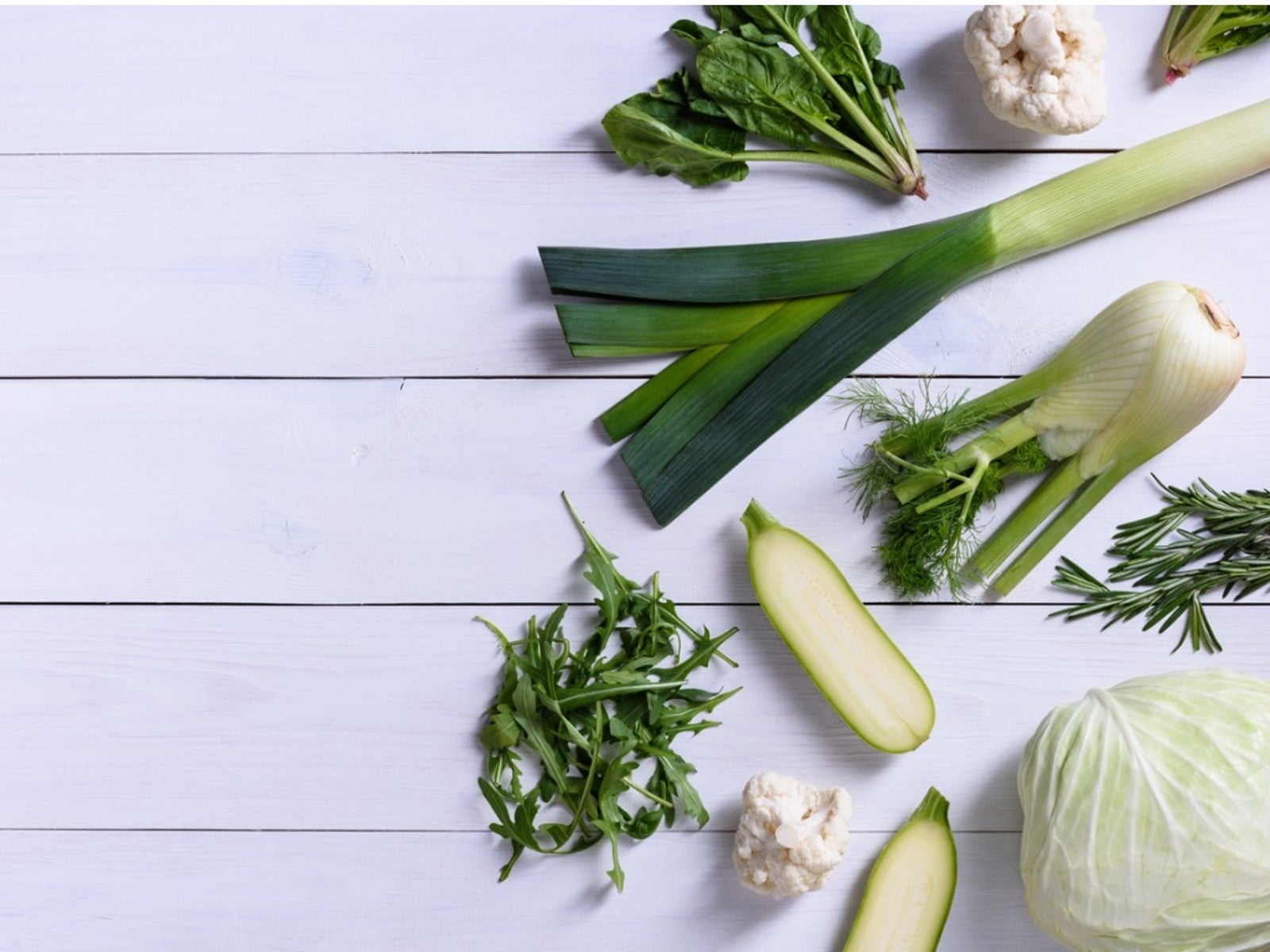

The French are known for their delectable cuisine. In France, people take food seriously and often grow their own. A French potager is just a fancy way of saying kitchen garden. In order to create your own, plant French herbs and vegetables from France. In no time you will be able to say bon appétit as you serve your family.
Developing a true French potager is no different from any other garden, but you should include some classic French vegetables. There are many plants for French cuisine, as the country has a diverse palate and gastronomic adventure. The true French chefs focus on the country's local cuisine, which must be as fresh as possible. To emulate their work, having your own plants for French cooking will bring in country grown feel to traditional recipes.
Focus on French Herbs
Among the best plants for French cuisine are herbs. Without herbs you cannot sample the true flavors of a Franco recipe. A bouquet garni is an herb combination used to flavor many dishes. It is usually comprised of bay leaf, thyme and parsley, but it can also include other herbs such as rosemary that would benefit the dish. It is a tied bundle of the herbs added to soups, stews or sauces, or you can place the herbs in cheese cloth and let them steep in the dish. Other herbs needed in French cooking might be tansy, chervil, savory, lavender, sage, rue, oregano, and fennel.
French Vegetables
France is known for its regions, each having its own specialty. You can see this with its wines and cheeses, but also its vegetables. While standard forms are available, certain cultivars are grown in defined places and are often award winners. When purchasing these varieties they may be marked with AOC (Appelation d'Origine Controlee). This is a special honor for outstanding quality, flavor, and appearance.
- Coco de Paimpol-bean
- Cadours- garlic
- Haricot Tarbais- bean
- Tomate de Marmande- tomato
- Lentille verte de Puy- green lentil
- Pomme de Terre de l'ile de Rey- potatoes
- While these are typical vegetables of France, you don't have to have these certain varieties. You should also have:
- Potatoes
- Beans- both string and dried
- Artichoke
- Celery
- Carrot
- Onion
- Garlic
- Asparagus
- Celeriac
- Leeks
- Swiss chard and other greens
- Turnips
Other Plants for the Potager
In addition to French vegetables and herbs, a potager will also sport flowers and other plants. Flowers fill in spaces, beautify the garden, and provide decor for the dining table. They are also often eaten and used as garnish. Edible plants like nasturtium, violet, calendula, marigold, lavender and sweet peas add flavor and color to dishes.
The potager is a rather informal garden which can also include fruit trees and bushes. All the plants for French cooking that you will need should fill the garden and be easy to access.
Gardening tips, videos, info and more delivered right to your inbox!
Sign up for the Gardening Know How newsletter today and receive a free copy of our e-book "How to Grow Delicious Tomatoes".

Bonnie Grant is a professional landscaper with a Certification in Urban Gardening. She has been gardening and writing for 15 years. A former professional chef, she has a passion for edible landscaping.
-
 Try The Trend – Turn Any Bed Into A Keyhole Garden With This Clever In-Ground Composter
Try The Trend – Turn Any Bed Into A Keyhole Garden With This Clever In-Ground ComposterKeyhole gardening is an efficient and sustainable practice that saves space. Get started on this DIY project quickly and easily with an in-ground composter.
By Bonnie L. Grant
-
 4 Superfast Composting Methods: Turn Waste Into Garden Gold In 30 Days Or Less
4 Superfast Composting Methods: Turn Waste Into Garden Gold In 30 Days Or LessTry the fastest composting methods to turbocharge your pile and transform kitchen scraps and garden waste into finished compost in just a few weeks.
By Mary Ellen Ellis
-
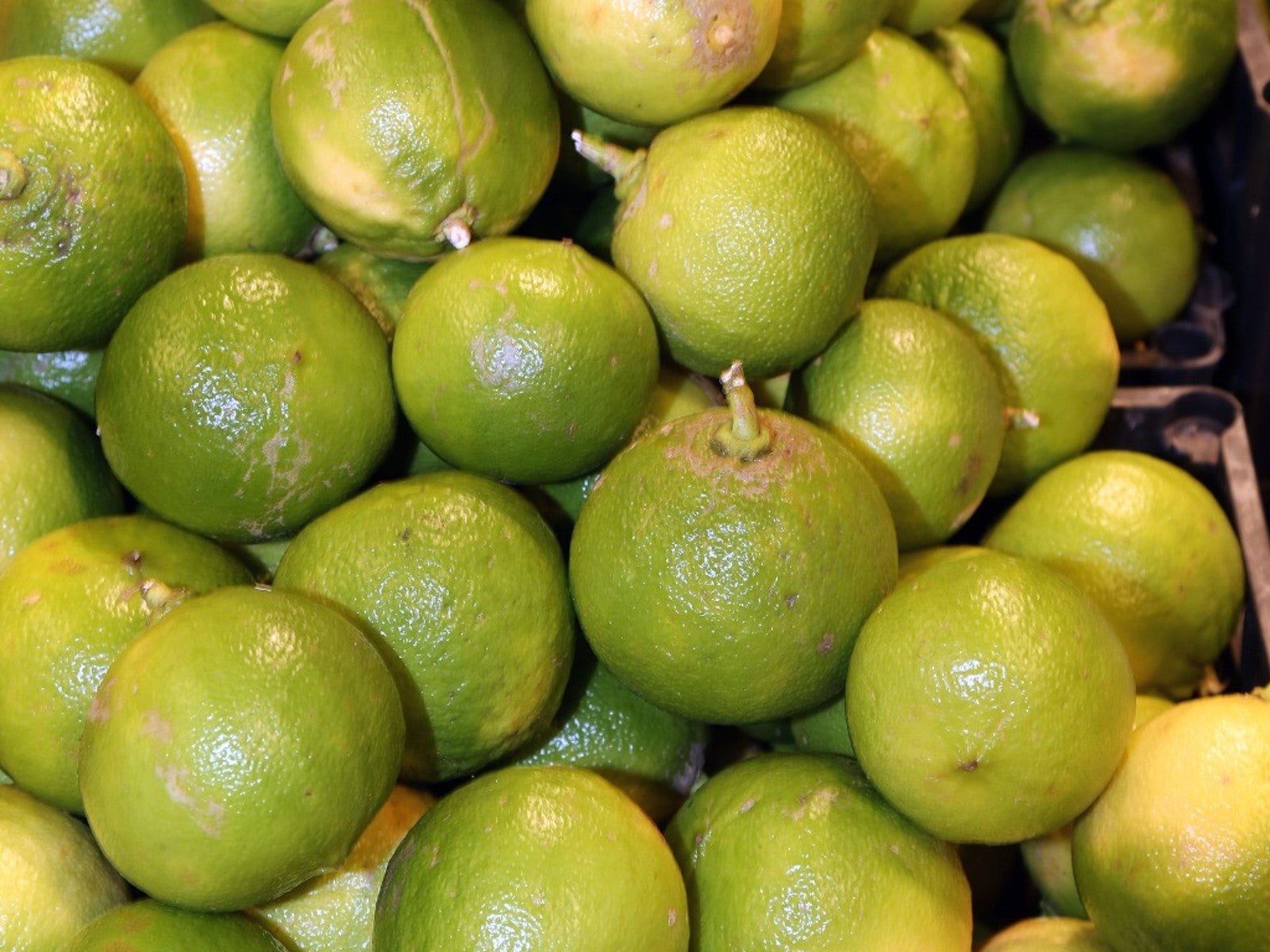 Bergamot Orange Growing Tips – Caring For A Bergamot Orange
Bergamot Orange Growing Tips – Caring For A Bergamot OrangeIf you have ever enjoyed a cup of Earl Grey tea, you know the aroma and flavor of the bergamot orange fruit. Read on for more.
By Mary Ellen Ellis
-
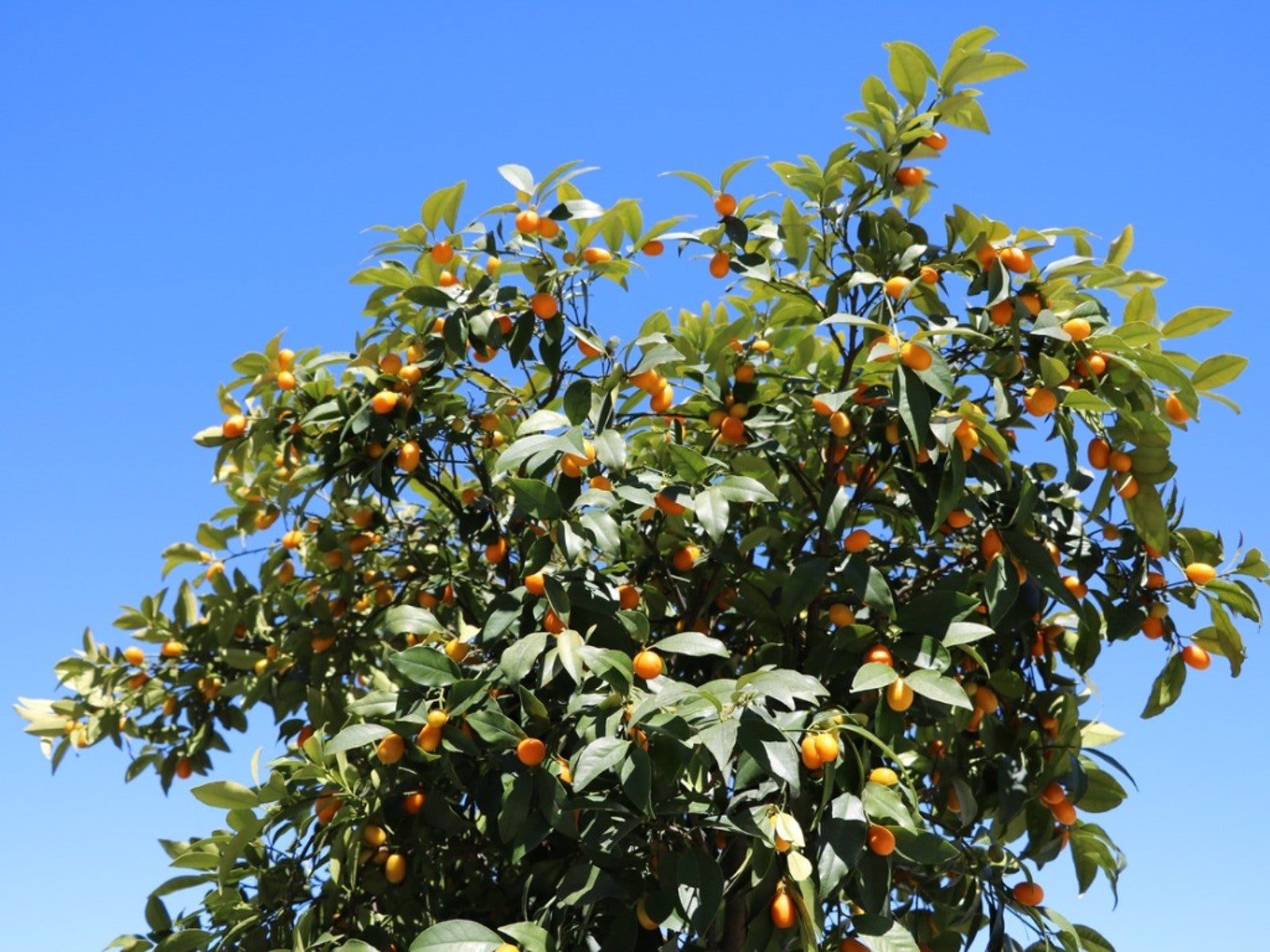 Trovita Dwarf Orange – How To Grow Trovita Orange Trees
Trovita Dwarf Orange – How To Grow Trovita Orange TreesTrovita dwarf orange is an orange tree that can be grown across a wide range of conditions, including indoors. Read on for more.
By Tonya Barnett
-
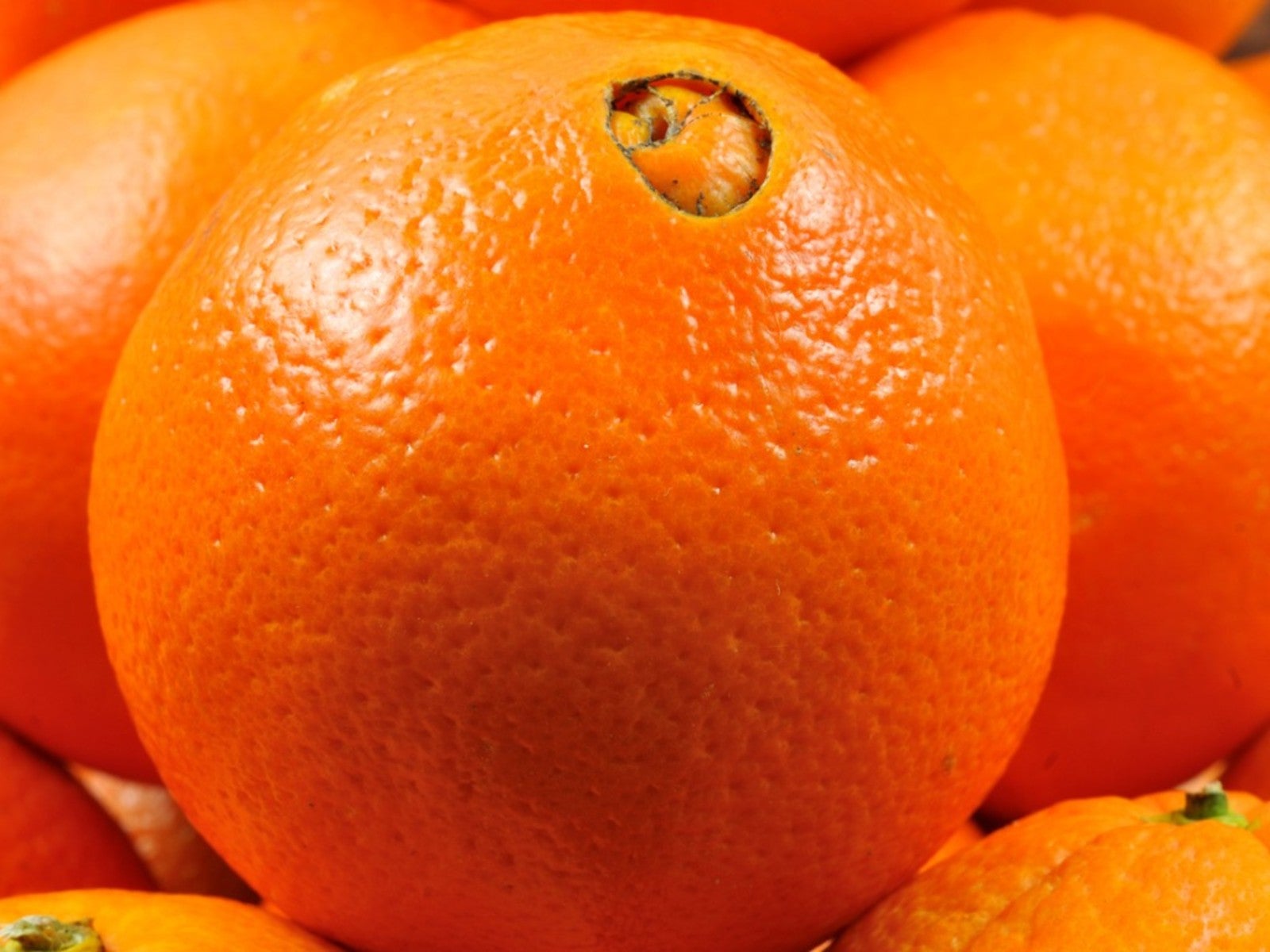 Growing Navel Oranges – Learn About Navel Orange Care
Growing Navel Oranges – Learn About Navel Orange CareSweet, delicious, and easy to peel, navel orange is easy to spot because of the partially formed, belly-button-shaped orange that grows at the bottom end of the fruit.
By Mary H. Dyer
-
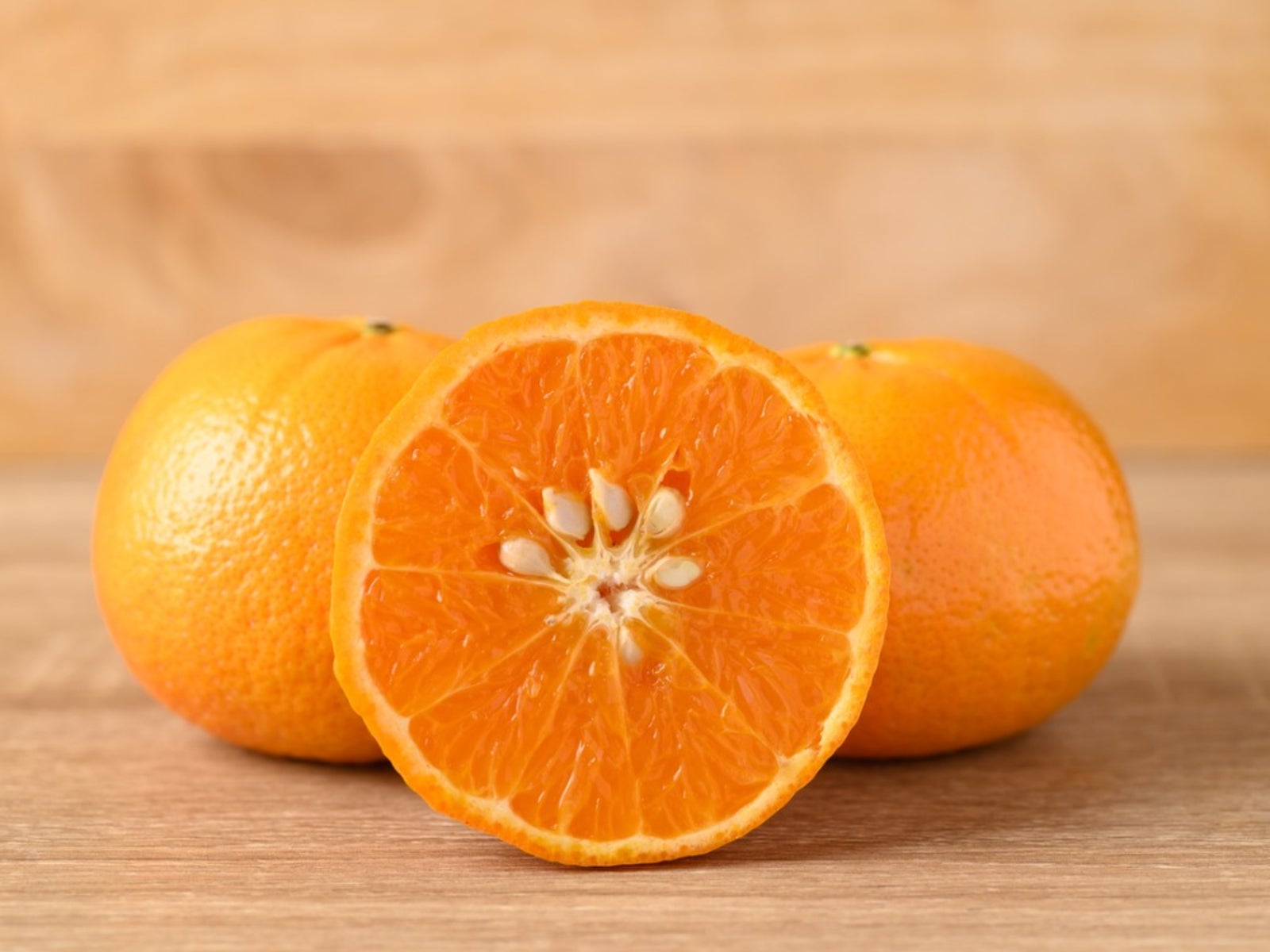 Can You Grow Store Bought Oranges - Planting Grocery Store Orange Seeds
Can You Grow Store Bought Oranges - Planting Grocery Store Orange SeedsAnyone looking for a cool indoor gardening project may want to try growing an orange tree from seeds. Click here to learn how.
By Teo Spengler
-
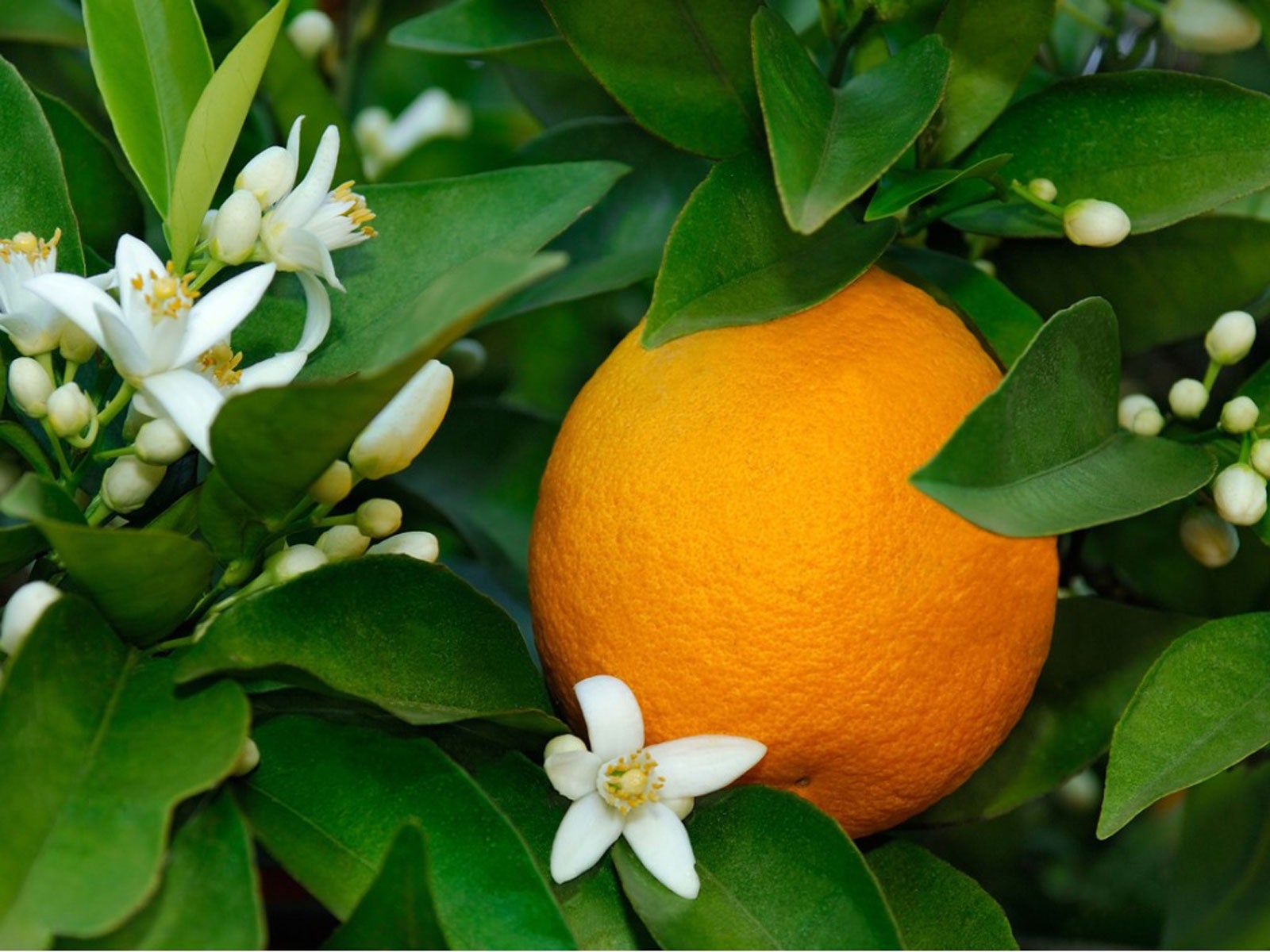 Flowering Orange Harvest: Tree Has Oranges And Flowers At Same Time
Flowering Orange Harvest: Tree Has Oranges And Flowers At Same TimeCan you harvest from a flowering orange tree? Should you allow both waves of fruit crops to come to orange harvest? Find out in this article.
By Teo Spengler
-
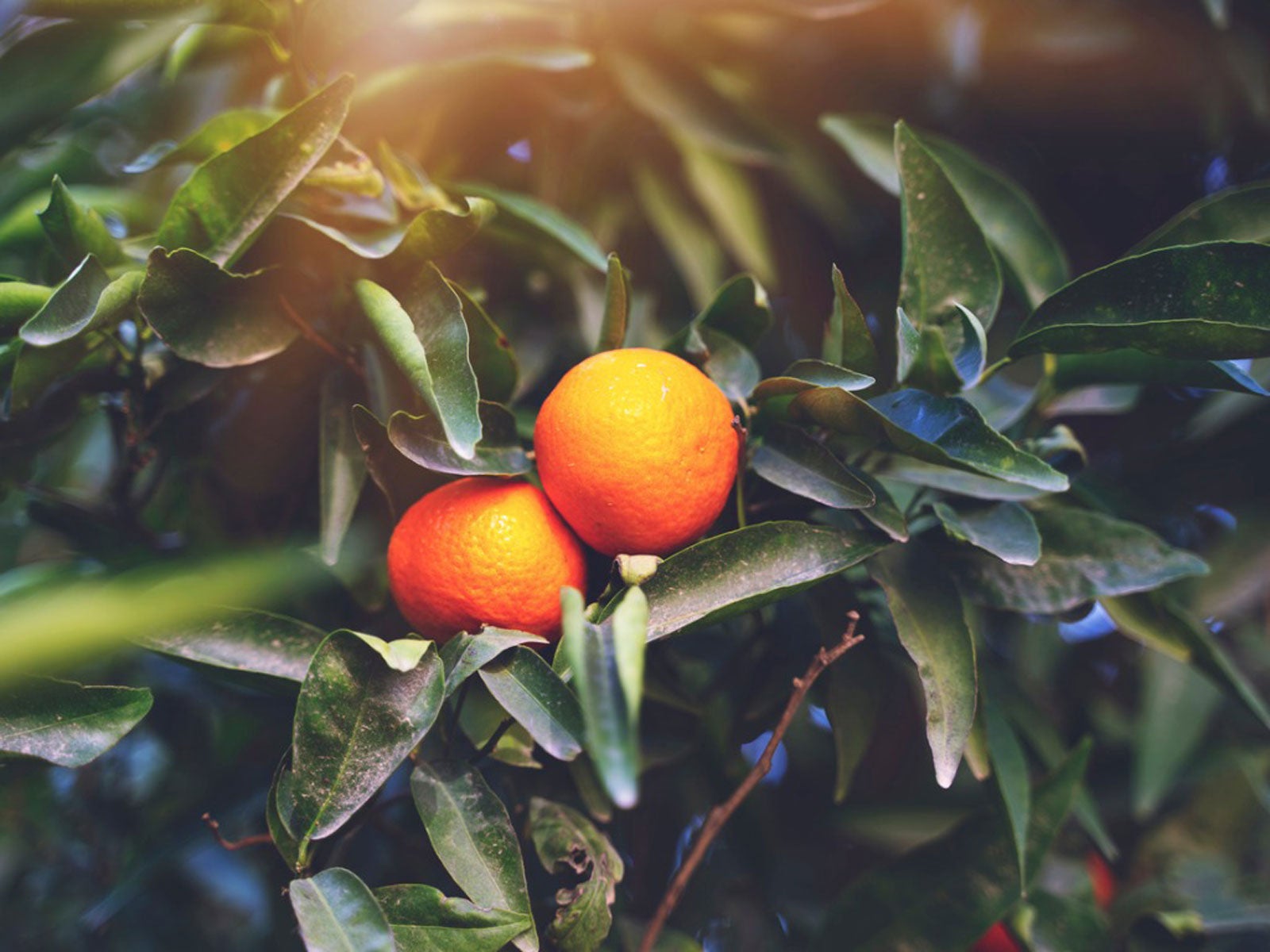 Small Orange Problem – What Causes Small Oranges
Small Orange Problem – What Causes Small OrangesThere are a variety of potential causes for small fruit on orange trees. Click here for an overview of causes of trees with small orange problems.
By Teo Spengler
-
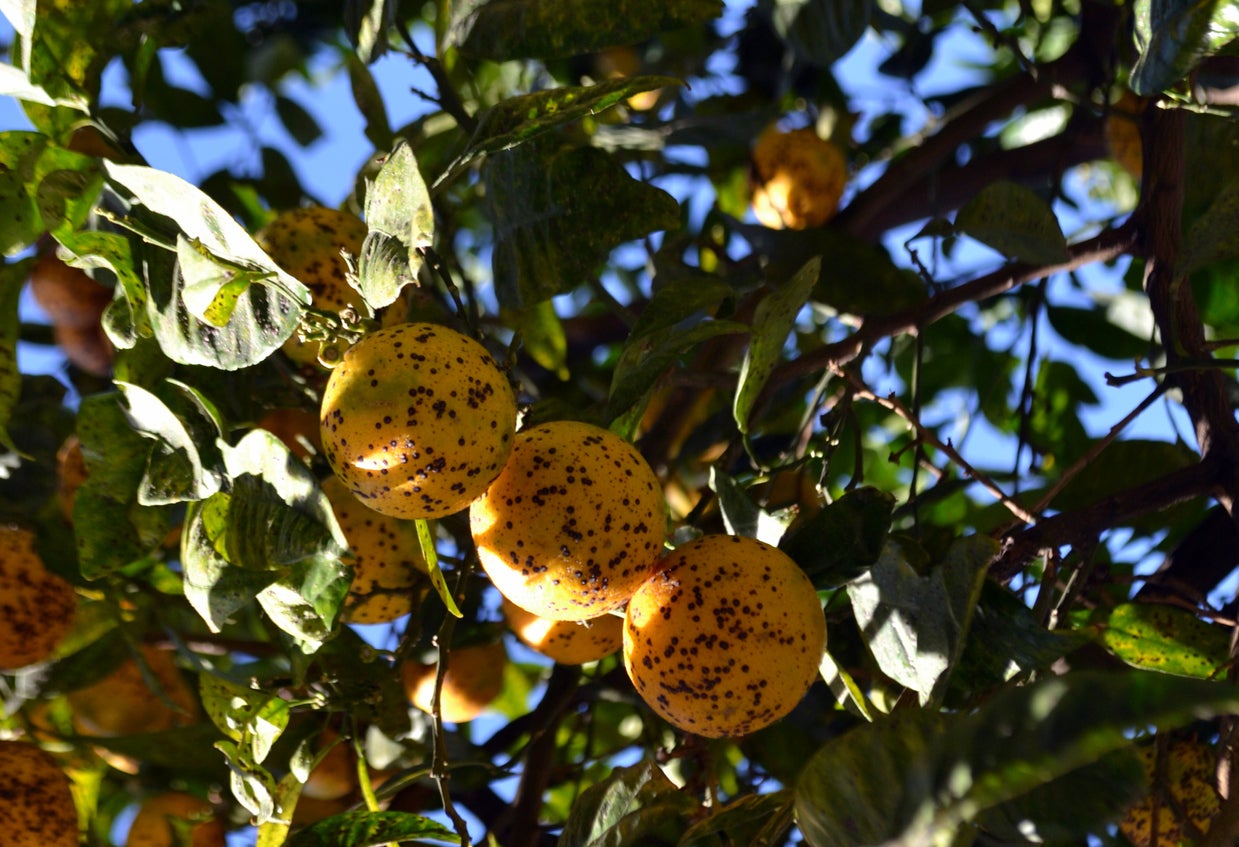 Diseases In Orange Trees: How To Treat A Diseased Orange Tree
Diseases In Orange Trees: How To Treat A Diseased Orange TreeGrowing oranges and other citrus can be a fun hobby for the home gardener, but it can also become derailed by disease. Know some of the main orange disease symptoms so you can catch and manage problems early and still get a great harvest of fruit. This article will help.
By Mary Ellen Ellis
-
Alternaria Blotch On Orange Trees: Signs Of Alternaria Rot In Oranges
If you have citrus trees in your home orchard, you should learn the basic facts about orange tree alternaria rot. Click the following article for information about alternaria rot in oranges, including tips on how to prevent alternaria blotch.
By Teo Spengler